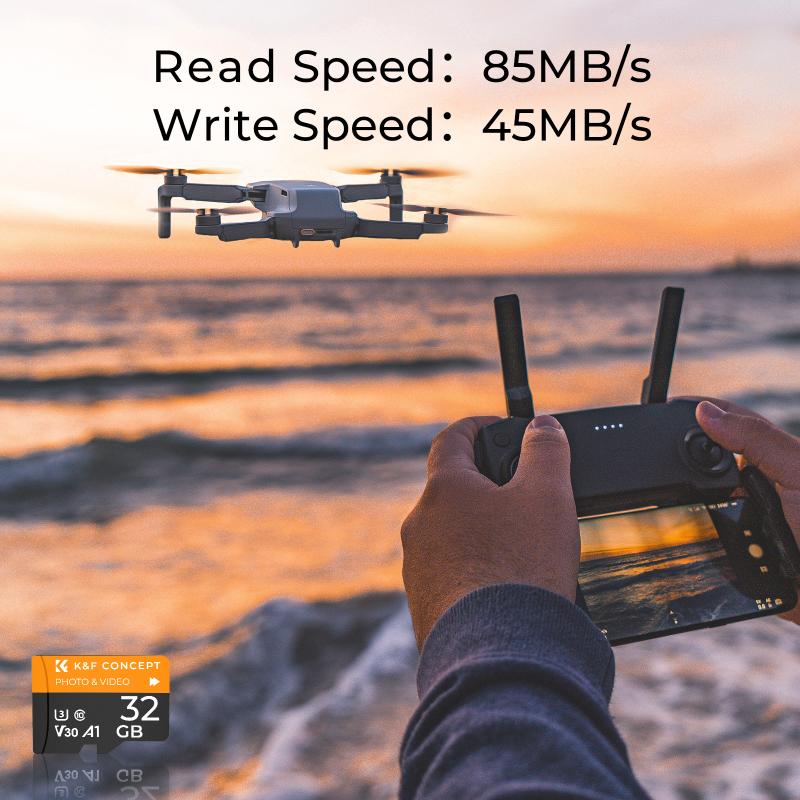How To Recover Pictures From Sd Card?
In today's digital age, SD cards are a popular storage medium for photos, videos, and other important data. However, these tiny devices are not immune to data loss. Whether due to accidental deletion, formatting, corruption, or physical damage, losing precious photos from an SD card can be a distressing experience. Fortunately, there are several methods to recover pictures from an SD card. This article will guide you through the steps to retrieve your lost images and provide tips to prevent future data loss.
Understanding the Causes of Data Loss

Before diving into the recovery process, it's essential to understand the common causes of data loss on SD cards:
1. Accidental Deletion: This is the most common cause. Users may mistakenly delete photos while managing their files.
2. Formatting: Sometimes, users format the SD card without realizing that it will erase all the data.
3. Corruption: SD cards can become corrupted due to improper ejection, virus attacks, or file system errors.
4. Physical Damage: Physical damage to the SD card can make it unreadable by devices.
5. File System Errors: Errors in the file system can make the data inaccessible.
Immediate Steps to Take

If you realize that you've lost photos from your SD card, it's crucial to act quickly and avoid further use of the card. Continued use can overwrite the lost data, making recovery more difficult or even impossible. Here are the immediate steps you should take:
1. Stop Using the SD Card: Remove the SD card from your device and avoid writing any new data to it.
2. Check Other Devices: Sometimes, the issue might be with the device rather than the SD card. Try accessing the card on another device or computer.
3. Backup Existing Data: If you can still access some files, back them up immediately to prevent further loss.
Methods to Recover Pictures from an SD Card

1. Using Data Recovery Software

Data recovery software is one of the most effective ways to retrieve lost photos from an SD card. These programs can scan the card for recoverable files and restore them. Here are some popular data recovery tools:
- Recuva: A user-friendly tool that can recover files from damaged or formatted SD cards.
- PhotoRec: An open-source program that specializes in recovering lost files, including photos.
- EaseUS Data Recovery Wizard: A comprehensive tool that supports various file types and storage devices.
Steps to Use Data Recovery Software:
1. Download and Install: Download the recovery software from a trusted source and install it on your computer.
2. Connect the SD Card: Insert the SD card into a card reader and connect it to your computer.
3. Launch the Software: Open the recovery software and select the SD card from the list of available drives.
4. Scan the SD Card: Initiate a scan to search for recoverable files. This process may take some time, depending on the size of the card.
5. Preview and Recover: Once the scan is complete, preview the recoverable photos and select the ones you want to restore. Save them to a different storage location to avoid overwriting data on the SD card.
2. Using Built-in System Tools
Both Windows and macOS have built-in tools that can help recover lost photos from an SD card.
For Windows:
- File History: If you have File History enabled, you can restore previous versions of files.
- Command Prompt: Use the `chkdsk` command to fix file system errors and recover lost files.
For macOS:
- Time Machine: If you have Time Machine backups, you can restore lost photos from a previous backup.
- Disk Utility: Use the First Aid feature in Disk Utility to repair the SD card and recover files.
3. Professional Data Recovery Services
If the SD card is physically damaged or if software recovery methods fail, you may need to seek professional data recovery services. These services have specialized equipment and expertise to recover data from damaged storage devices. However, they can be expensive, so consider this option as a last resort.
Preventing Future Data Loss
While recovering lost photos is possible, it's always better to prevent data loss in the first place. Here are some tips to protect your photos and other data on SD cards:
1. Regular Backups: Regularly back up your photos to multiple locations, such as an external hard drive, cloud storage, or another SD card.
2. Proper Ejection: Always eject the SD card properly from your device to avoid corruption.
3. Use Reliable Devices: Use high-quality SD cards and card readers to minimize the risk of data loss.
4. Avoid Full Capacity: Avoid filling the SD card to its maximum capacity, as this can lead to corruption.
5. Antivirus Protection: Keep your devices protected with reliable antivirus software to prevent malware attacks.
Losing photos from an SD card can be a frustrating experience, but with the right tools and methods, recovery is often possible. By understanding the causes of data loss and following the steps outlined in this article, you can increase your chances of successfully recovering your precious memories. Additionally, adopting preventive measures will help safeguard your data and minimize the risk of future loss. Remember, the key to data recovery is acting quickly and avoiding further use of the affected SD card.
